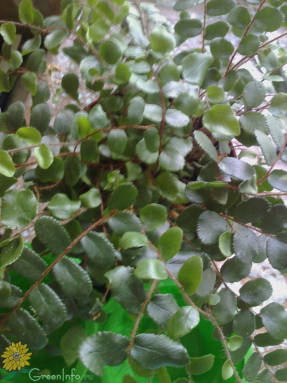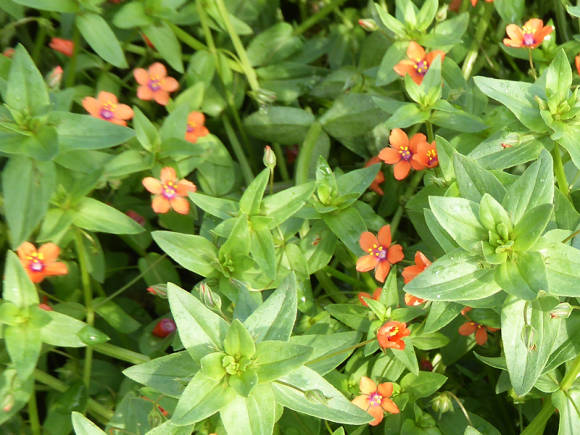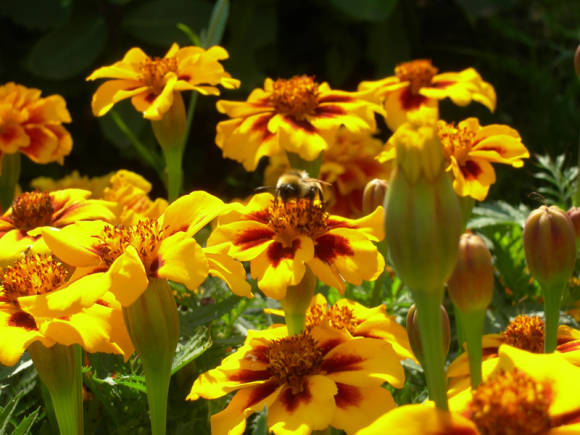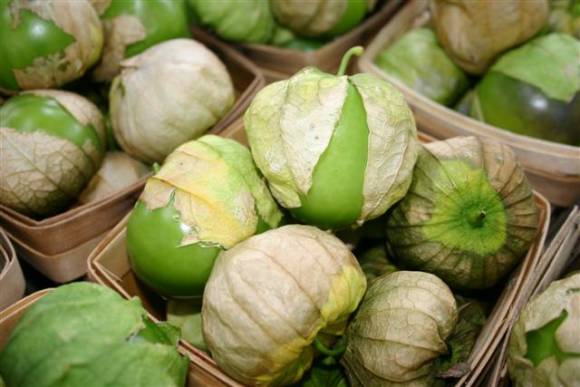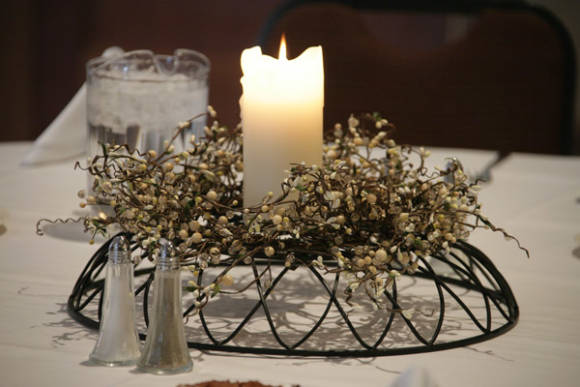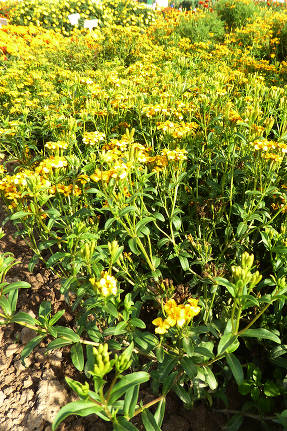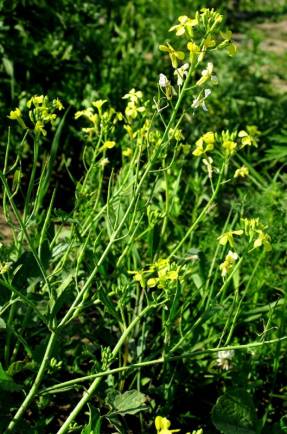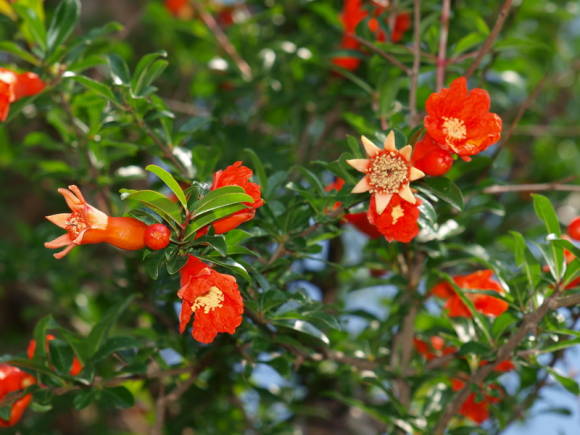Chamelaciums, like many other representatives of the flora (and fauna) of Australia, have a rather unusual appearance. Their thin leaves are very similar to needles, so non-flowering plants can be mistaken for conifers. And during flowering, when the shoots are densely covered with flowers, chamelaciums cause real amazement. To this should be added the subtle sweet aroma of wax flowers and essential oils released when the leaves are rubbed, which have not only a pleasant citrus scent, but also phytoncidal properties.
Read more on p. Hamelacyum.
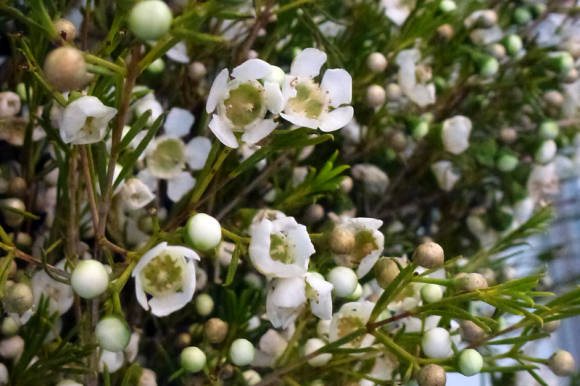
Most of these plants come to us through Dutch auctions, and the most popular variety is Snow Flake, a chamelacium with pinkish-creamy white flowers with a crème brulee-like scent.
When buying a plant, be sure to pay attention to the color of its leaves. They should be dark green, bright, shiny. If the leaves are grayish and dull, without shine, refuse to purchase the plant - most likely, it has already died.
Hamelaciums are not plants for beginner growers. Nor can they be recommended for decorating offices. Chamelaciums are not as difficult to care for as it is commonly believed, the conditions of detention are in many ways the same as for its most common relative, the common myrtle (cm. Common myrtle). These plants can be advised to those who have already comprehended the science of proper watering, this is the subtlety of the content.
All requirements for care are determined by the conditions in which chamelaciums grow in their homeland, Australia. This is a semi-dry Mediterranean climate, poor in phosphorus, nitrogen, calcium, sandy soils and a lot of sunlight. Based on this, the conditions for normal growth will be as follows:

Illumination maximum possible, preferably direct sun. In summer, it is advisable to take the plants out to an open balcony or garden, and if this is not possible, then during the heat, ensure good air circulation around the plant in order to prevent overheating of the crown and roots. In bright diffused light, chamelaciums will grow, but are unlikely to bloom again. With a lack of light, the plant will hurt and may die. Therefore, in winter it is advisable to supplement it with artificial light.
Temperature. Hamelacium prefers moderate heat in summer, + 20 ... + 25 ° C, calmly tolerates an increase in temperature up to + 30 ° C. During the heat, some of the leaves may turn yellow - protect the plant from overheating, provide air flow, temporarily move it from the scorching sun. Place dark pots in white pots, wrap with white paper to prevent root burns through the heated sides of the pot. Good ventilation is essential at any time of the year. Chamelacium is not afraid of drafts, but it should be protected from the direct blow of frosty air. The plant is subtropical, so in winter it needs a cool content, at a temperature of + 8 ... + 15 ° C. It is undesirable to allow cooling below + 5оС. An insulated sunny balcony will be the best place for chamelacium all year round.
Watering chamelaciums is a delicate matter. On the one hand, potted plants cannot be brought to complete drying of the soil, and on the other hand, chamelaciums are very sensitive to waterlogging, their roots are strongly disposed to rot. In summer and winter, keep the soil in a moderately moist state, this will require regular and fairly abundant watering in summer, but without stagnant water in the sump, and in winter, when the content is cool, the abundance and frequency of watering should be reduced. Watering should be done only after the top layer of the soil has dried. It is easier to choose a watering regime with a properly composed soil and a small pot volume. Use soft water for irrigation, chamelaciums are sensitive to the accumulation of calcium in the soil.If the irrigation regime is violated, both during overdrying and waterlogging, root diseases occur, the first bad sign of which is the loss of brightness and shine of the leaves, they acquire a grayish dull color, later a strong leaf fall begins. It can be extremely difficult for a plant to get out of this state.
Read more in the article Watering rules for indoor plants.
Soil and transplant. The mechanical composition of the soil must be such as to ensure good water conductivity. To do this, the soil must be drained throughout, and not just a drainage layer from the bottom of the pot. A good result is obtained by adding about 1 / 3-1 / 4 of the volume of perlite to the ready-made universal peat soil. A large amount of perlite allows moisture to quickly pass through the soil without stagnation, and ensures the formation of air pockets inside, which prevents root decay.
Plants are transplanted in the spring only by careful handling and only after the roots have completely mastered the previous volume. The less soil free from roots, the less chance of waterlogging.
Read more in the article Transplanting indoor plants.
Top dressing. Like many other representatives of the flora of Australia, chamelacium does not tolerate high doses of phosphorus. It cannot be fed with fertilizers for flowering plants, and universal fertilizers should be diluted 2-3 times.
Air humidity for this plant, moderate is preferable, 50-65%, which corresponds to comfortable values for humans. In humid climates, chamelacium degrades. It is often written that he has a negative attitude towards spraying, but this is not entirely true. Air humidity in our premises with the heating on sometimes drops to 20-30%. There will be no harm from spraying the leaves, but you should not specifically increase the humidity of the air for chamelacium. In winter, when kept cool, the plant is not sprayed. And in summer, during a drought, or if the soil is allowed to dry out, spraying on the leaves will help the chamelacium to quickly restore the turgor of the leaves.
Pruning. Very compact plants are on sale in the form of a small standard tree or a dense bush. They are grown using retardants - substances that inhibit vertical growth. Over time, these drugs cease to work, and the plant takes on a natural look for it, with looser and longer shoots. But the change in the form of growth occurs gradually, in the first year after purchase, pruning is usually not required. In subsequent years in the summer, immediately after the end of flowering, it is advisable to shorten the branches by 1/3 of their length. This will help keep the crown compact and dense for a longer time.

Reproduction. Seed germination in chamelaciums is low. In addition, the varietal qualities of hybrids may not be passed on to descendants, therefore propagation by rooting cuttings is preferable. To do this, from spring to late autumn, the apical parts of the shoots 5-7 cm long are cut off and rooted in sterile soil using root formers in a greenhouse at + 22- + 25 degrees according to the standard technique. Rooting takes place from 2-3 weeks to 2 months.
Read more in the article Cutting indoor plants at home.
Diseases and pests. Chamelacium is affected by mealybugs, and under unfavorable conditions of detention - by spider mites.
About control measures - in the article Houseplant pests and control measures.
It is also highly susceptible to root rot, which occurs from waterlogging of the soil. It is difficult to treat a plant with diseased roots; all measures should be aimed at preventing this disease.
